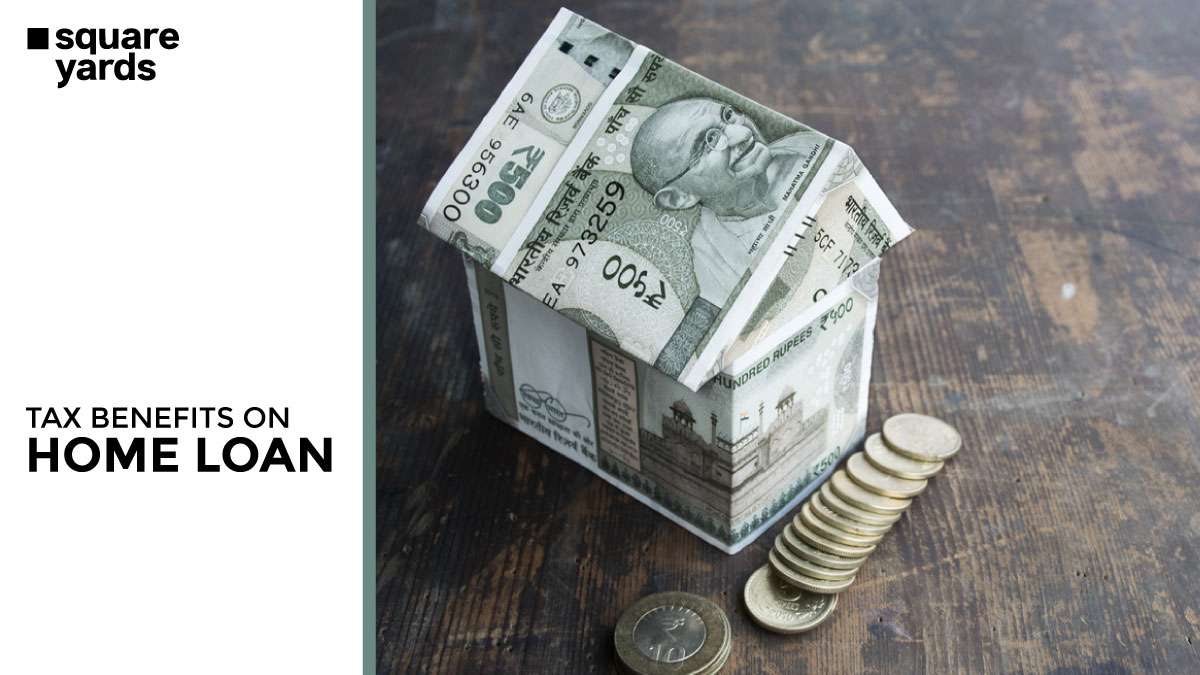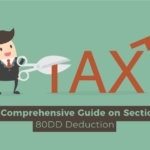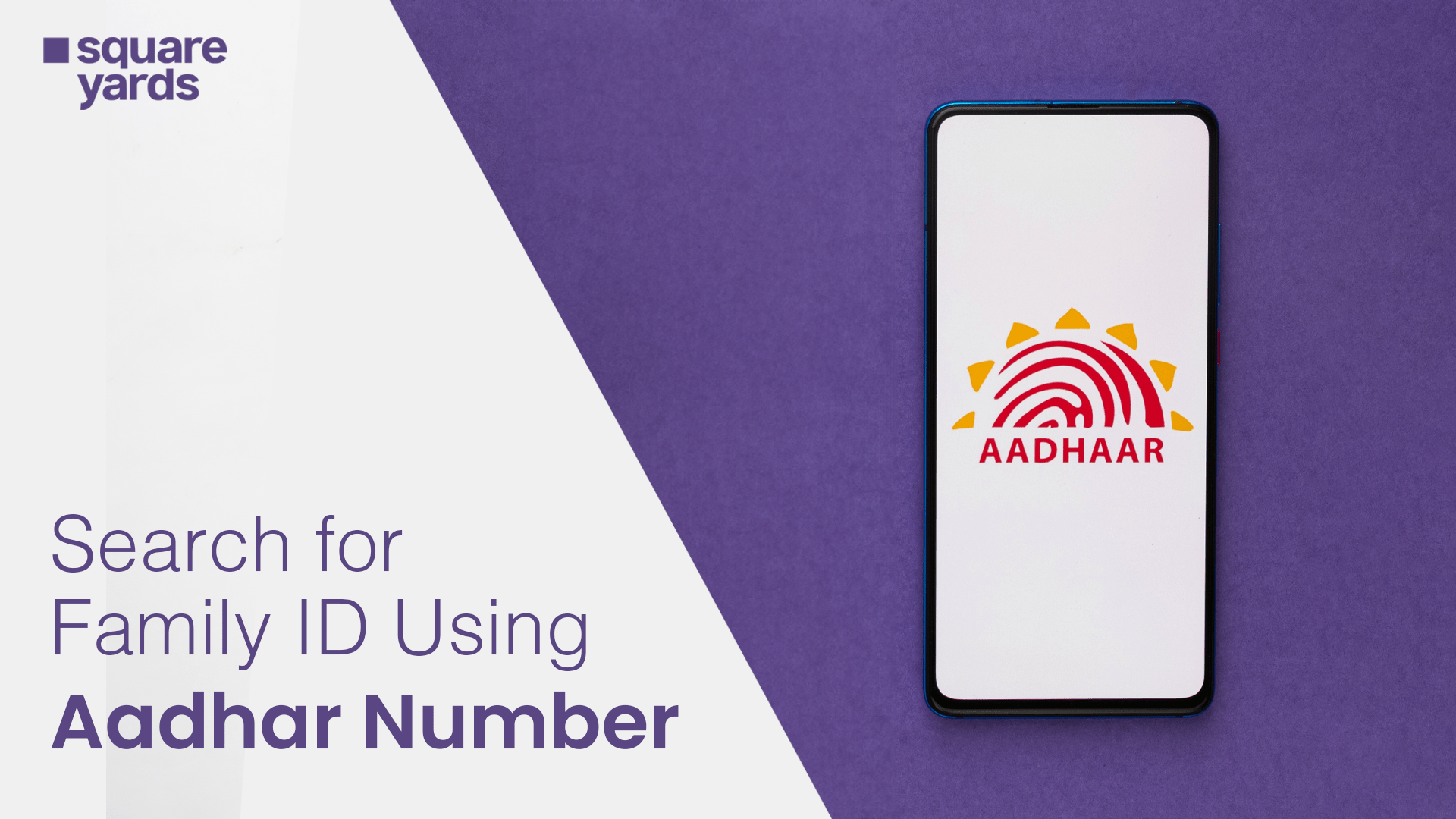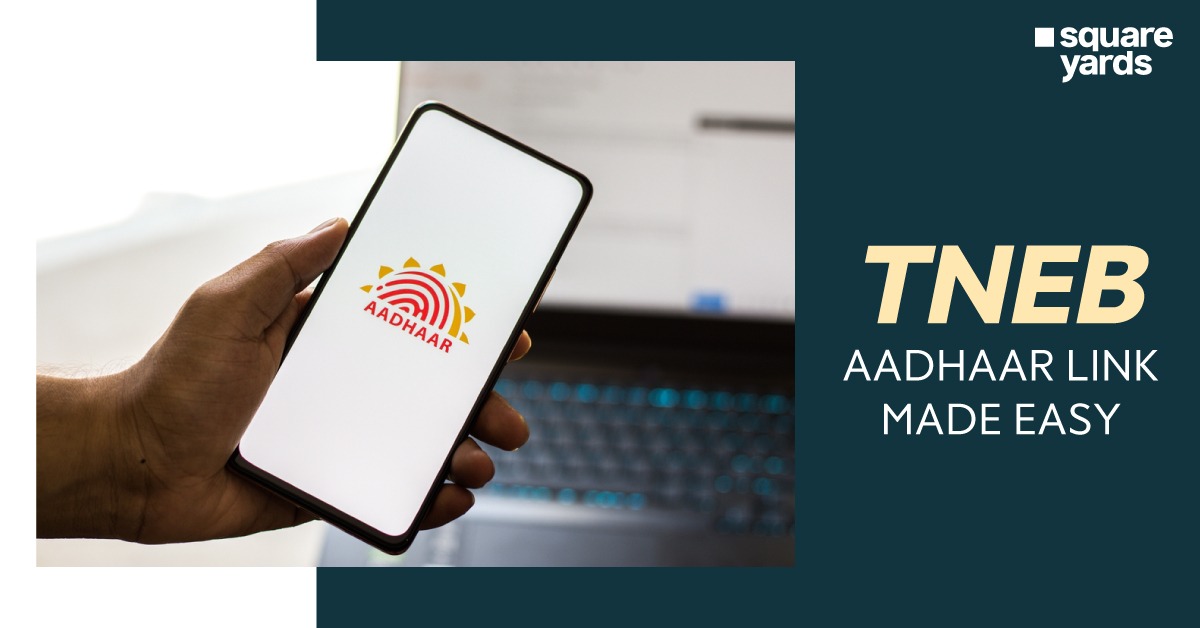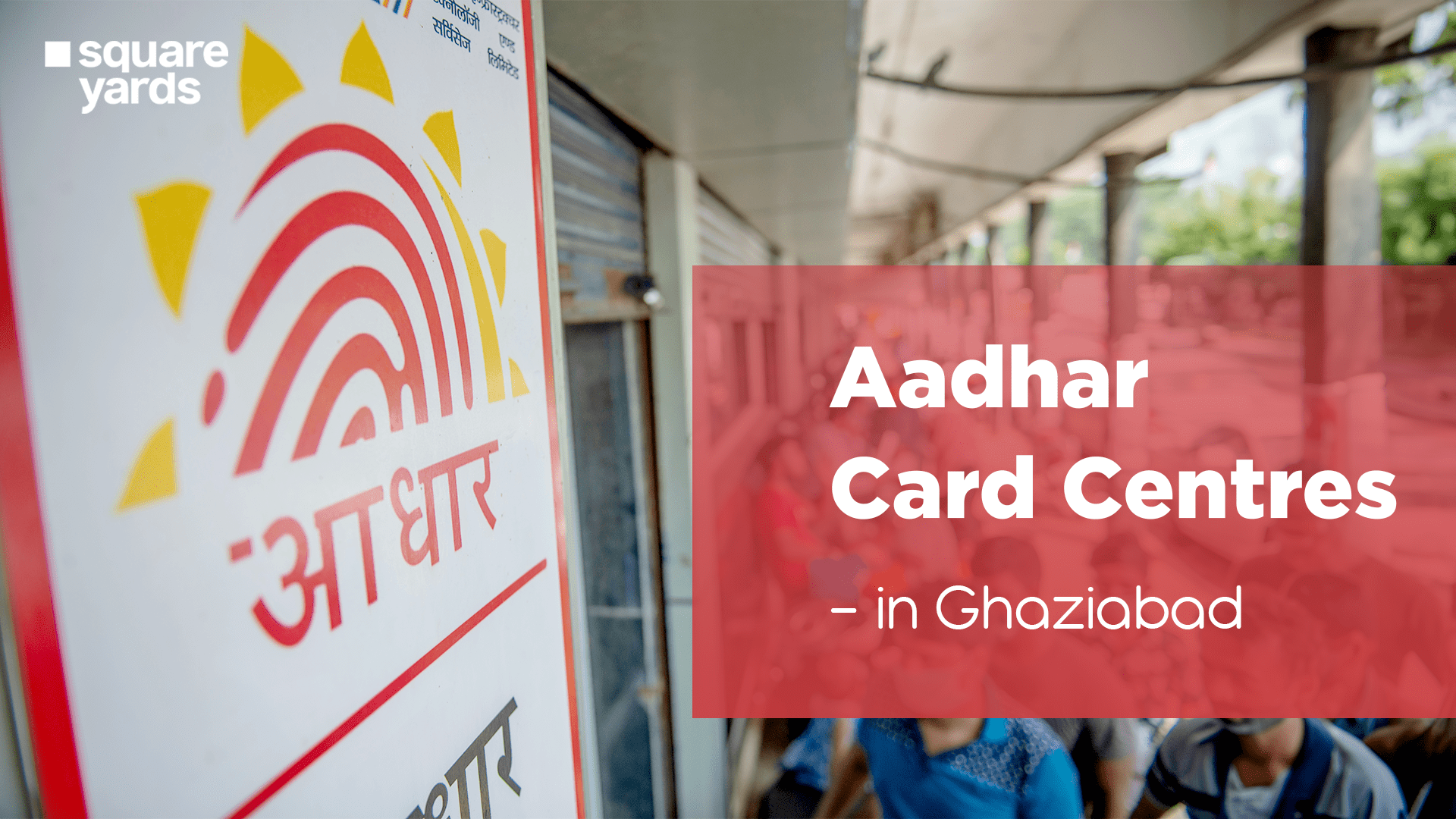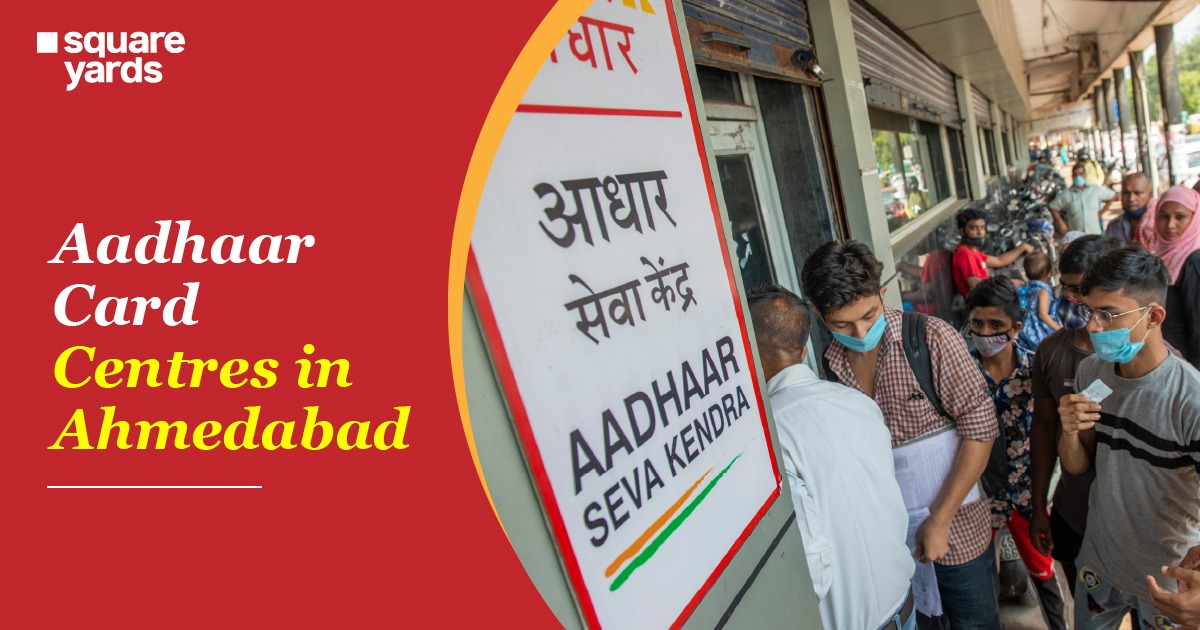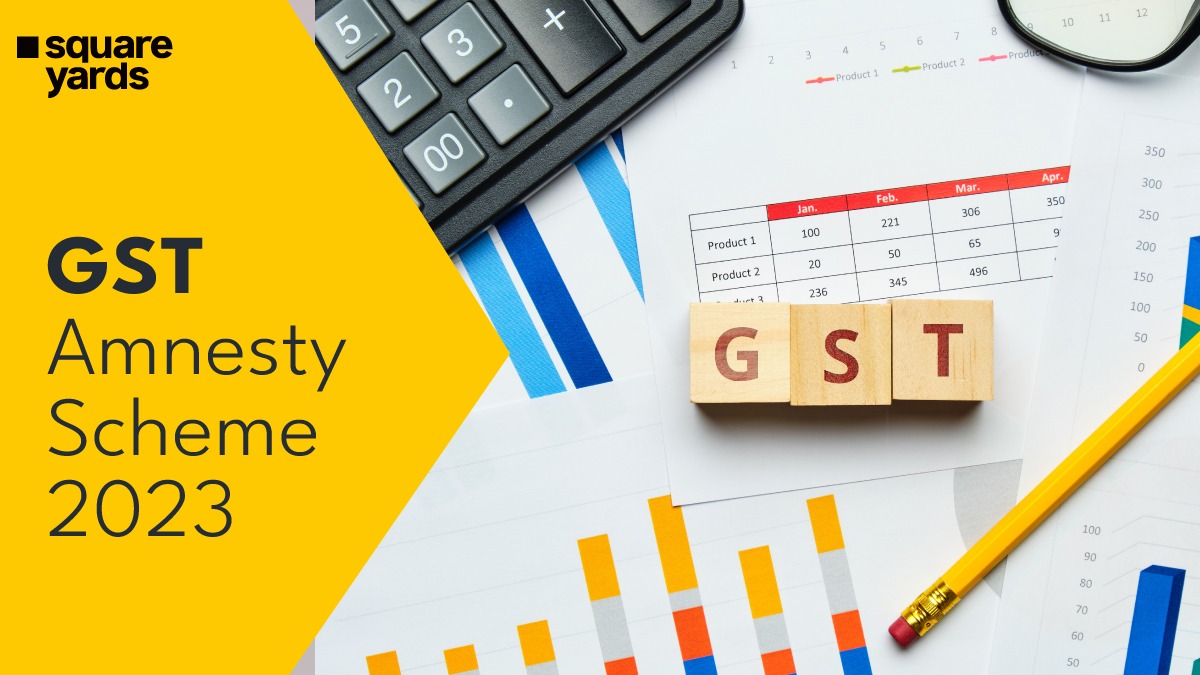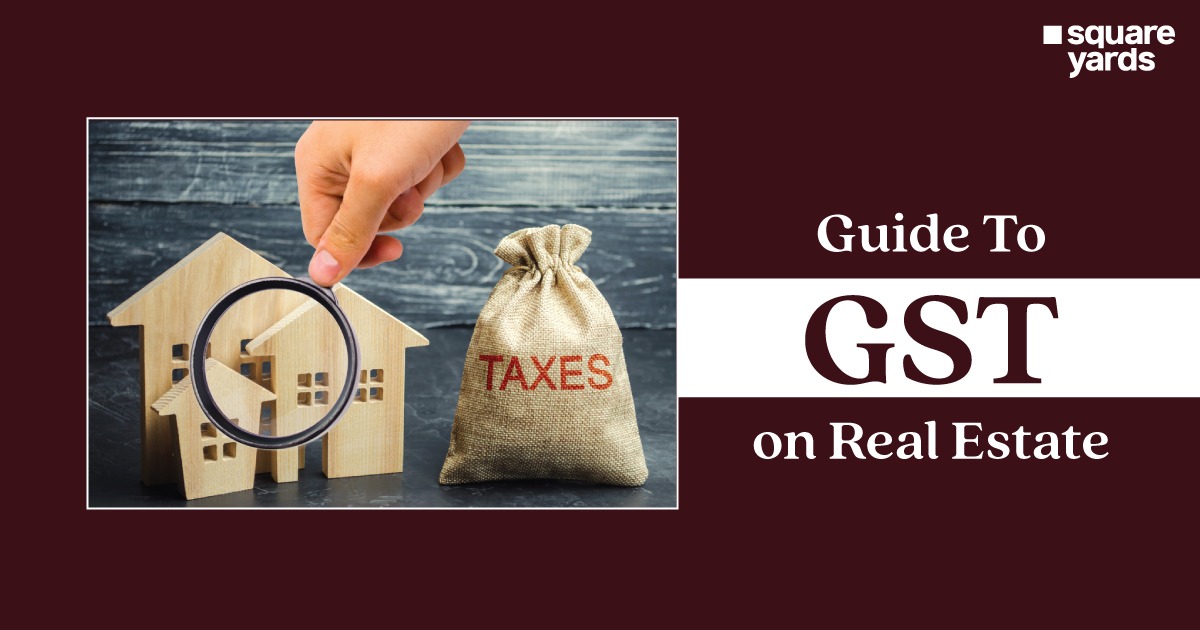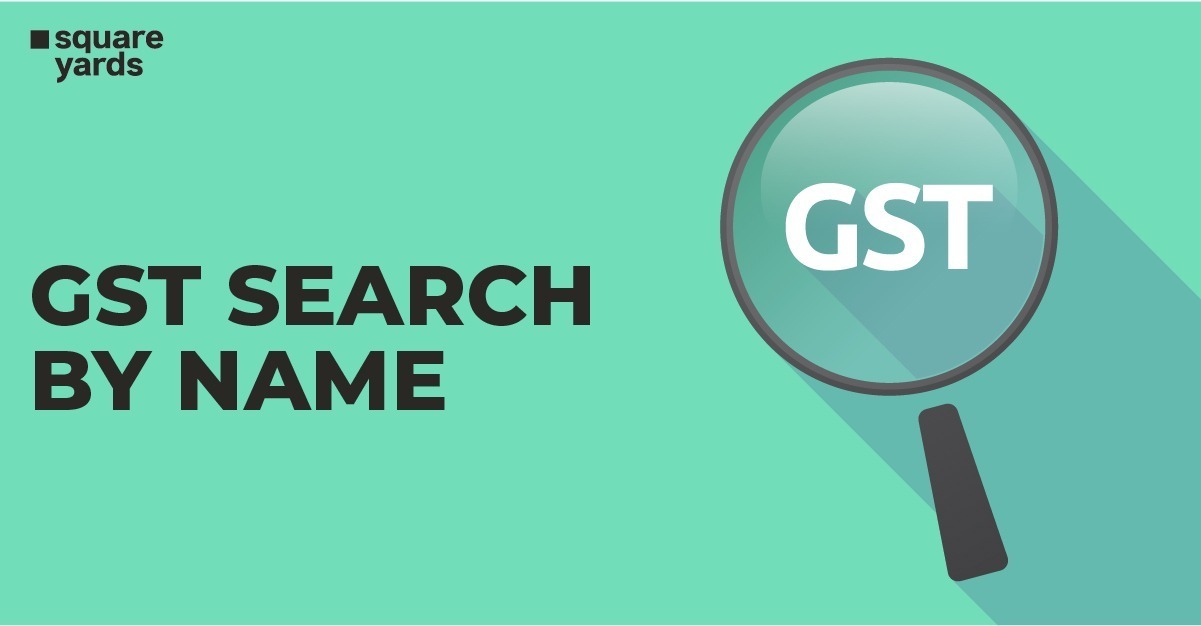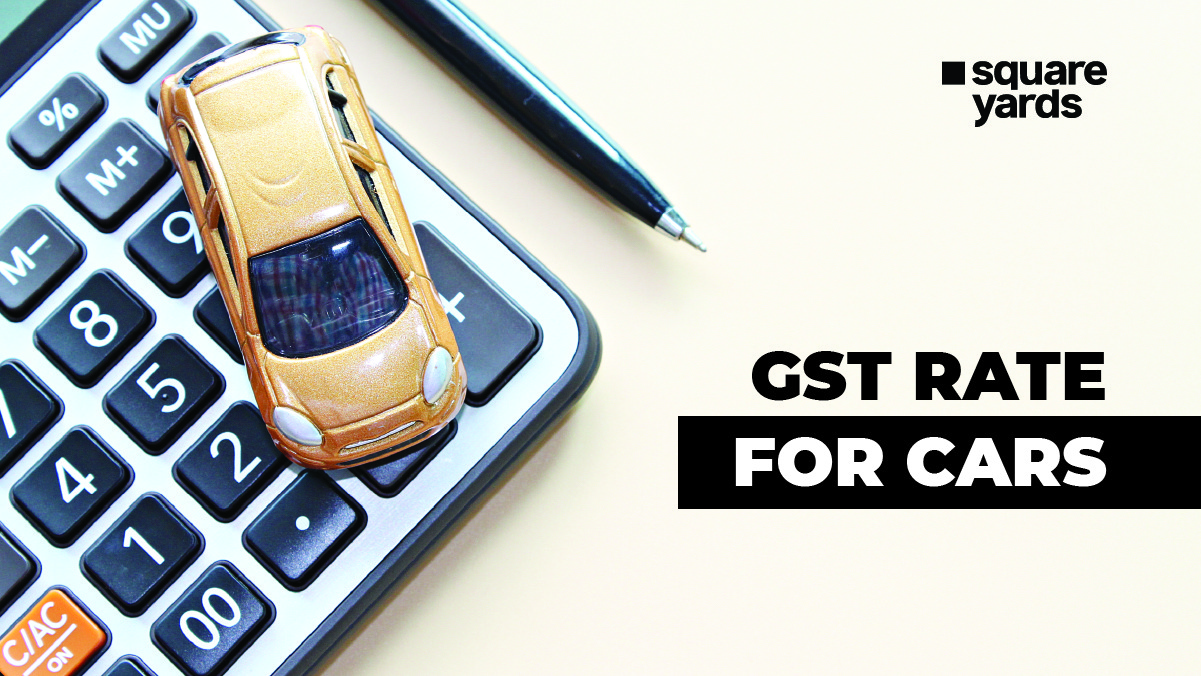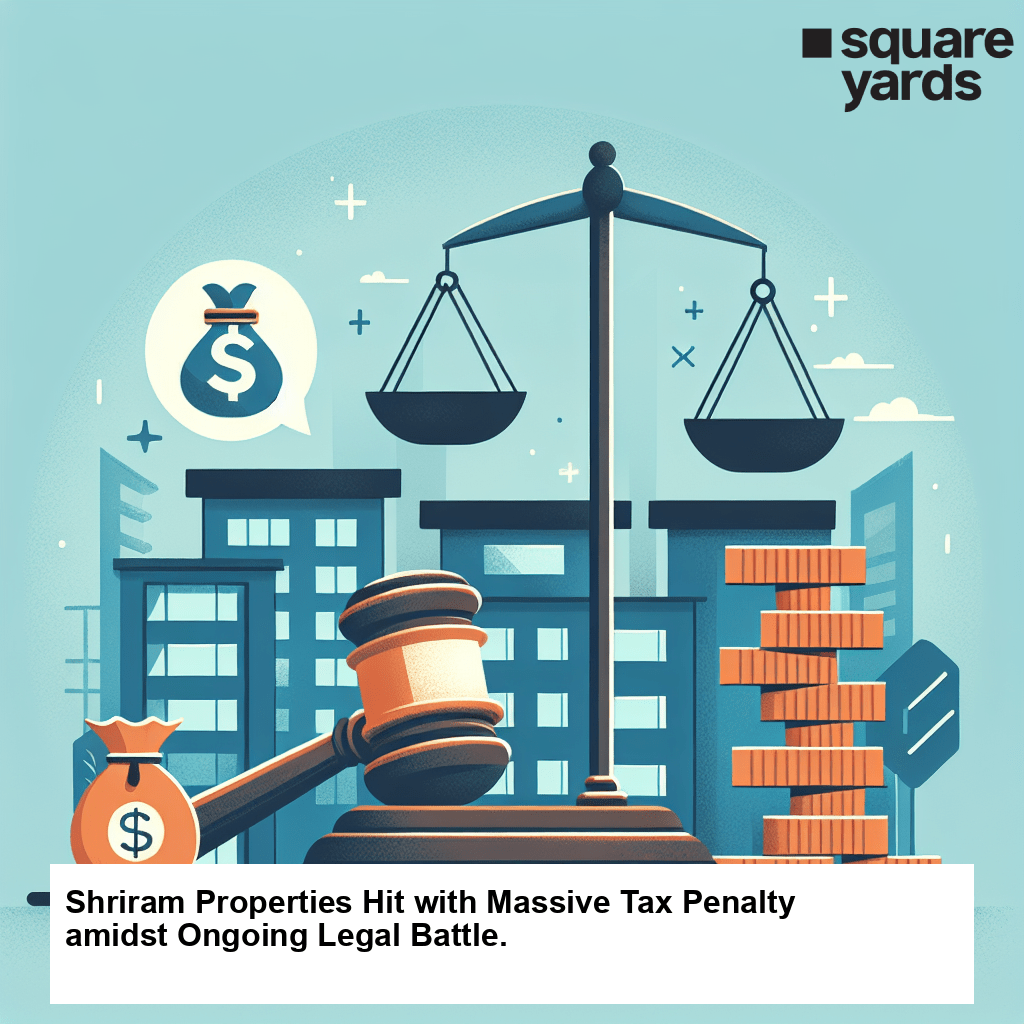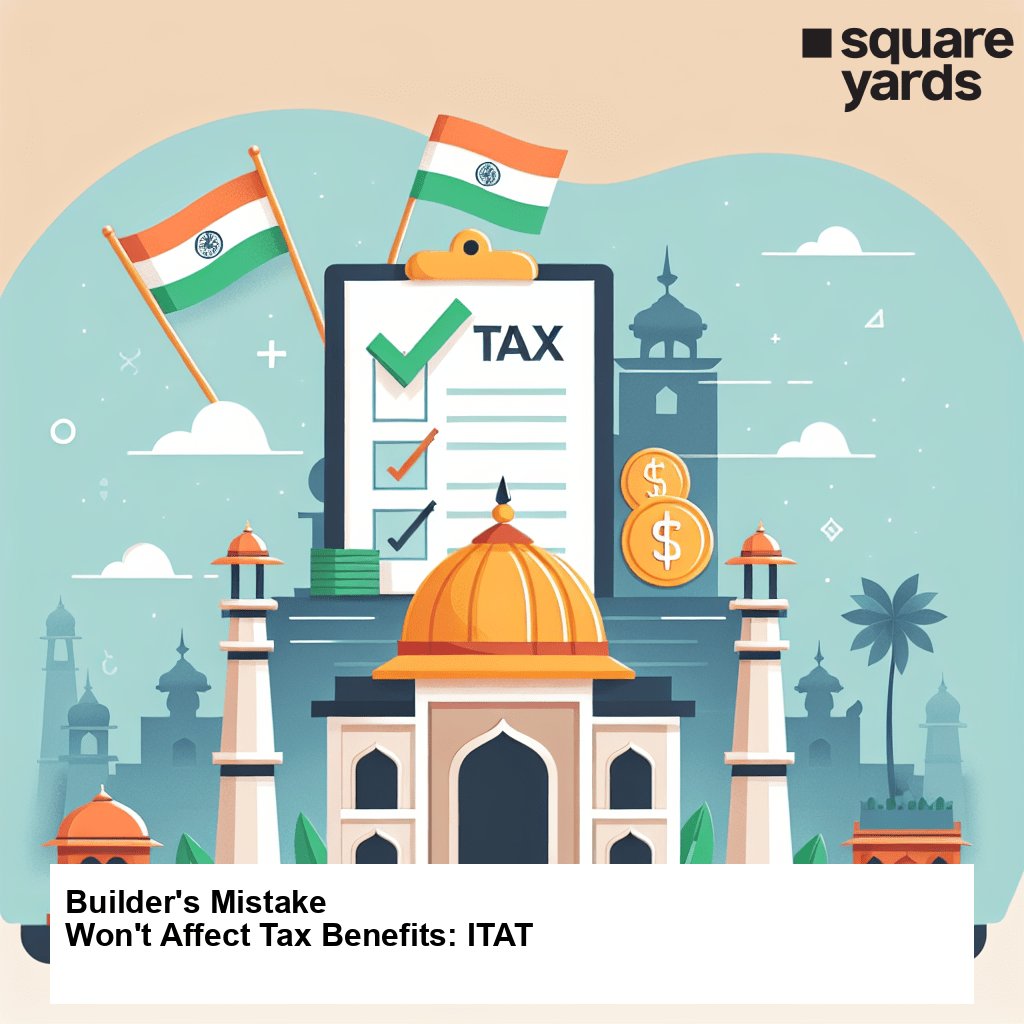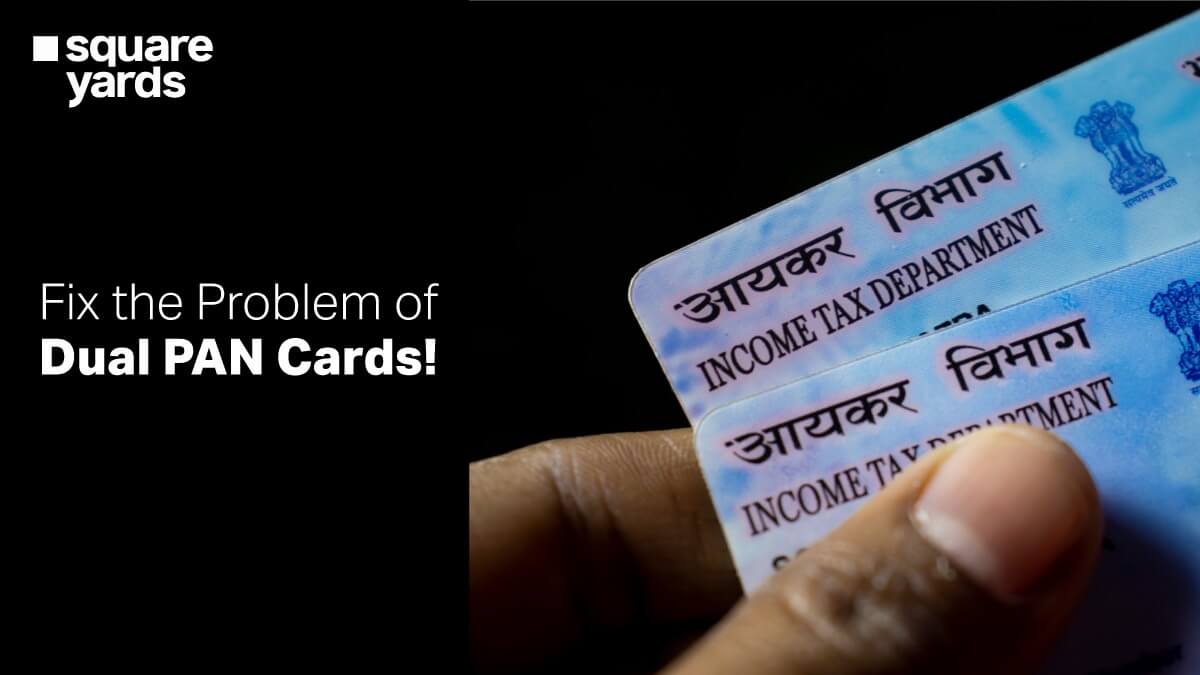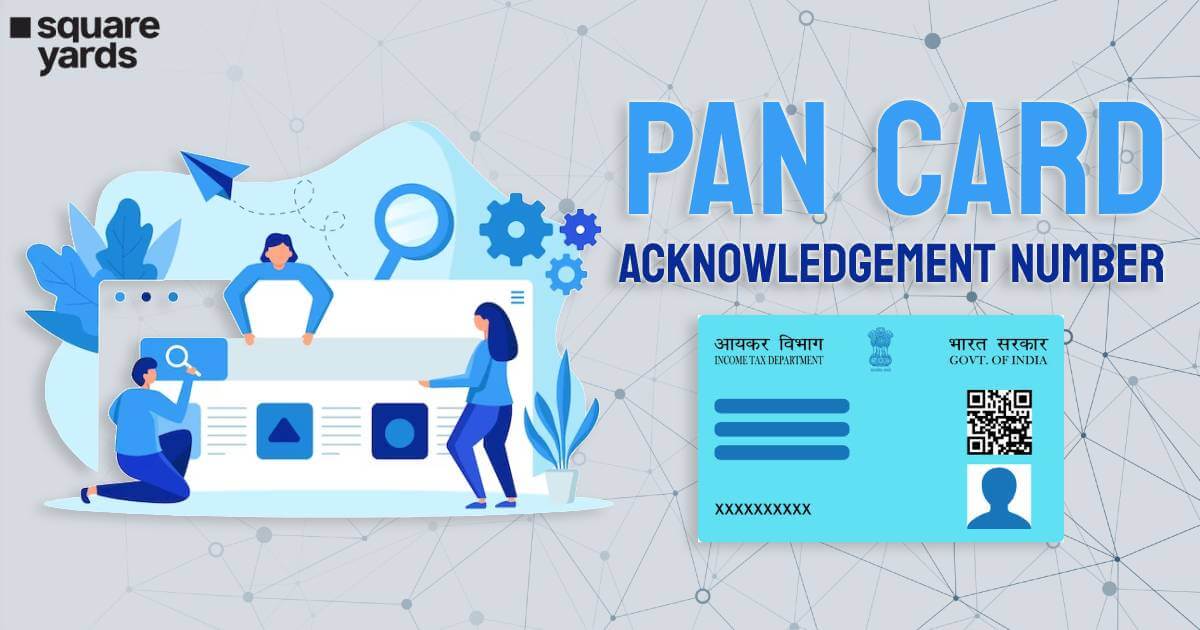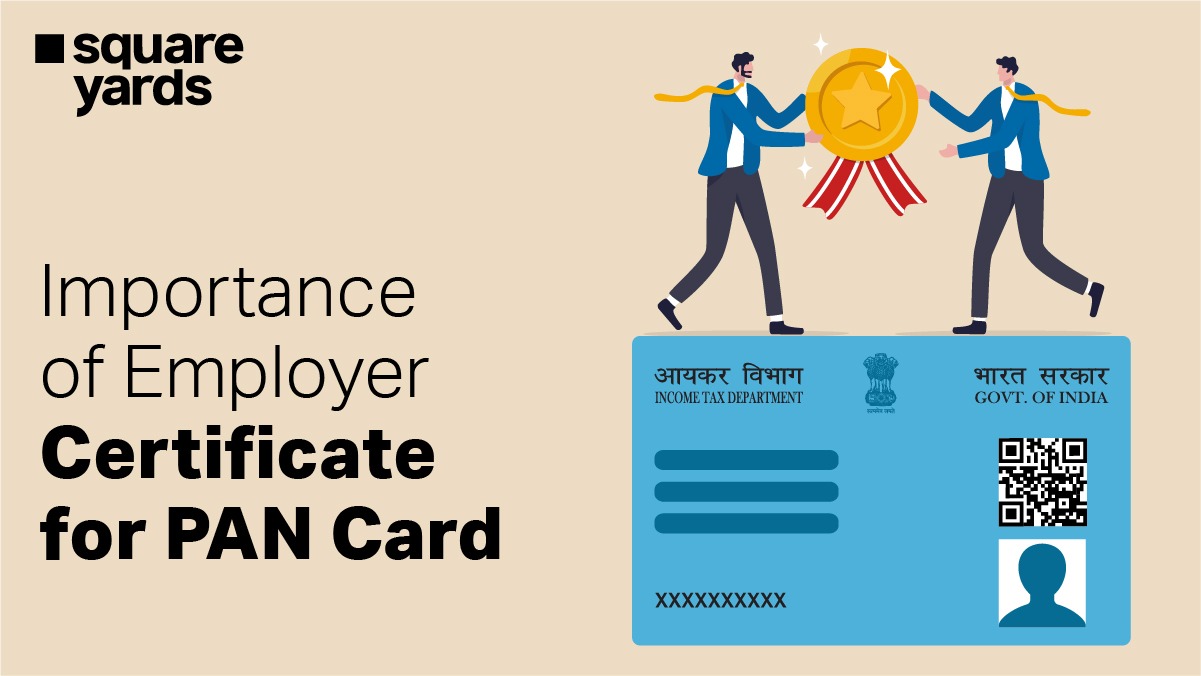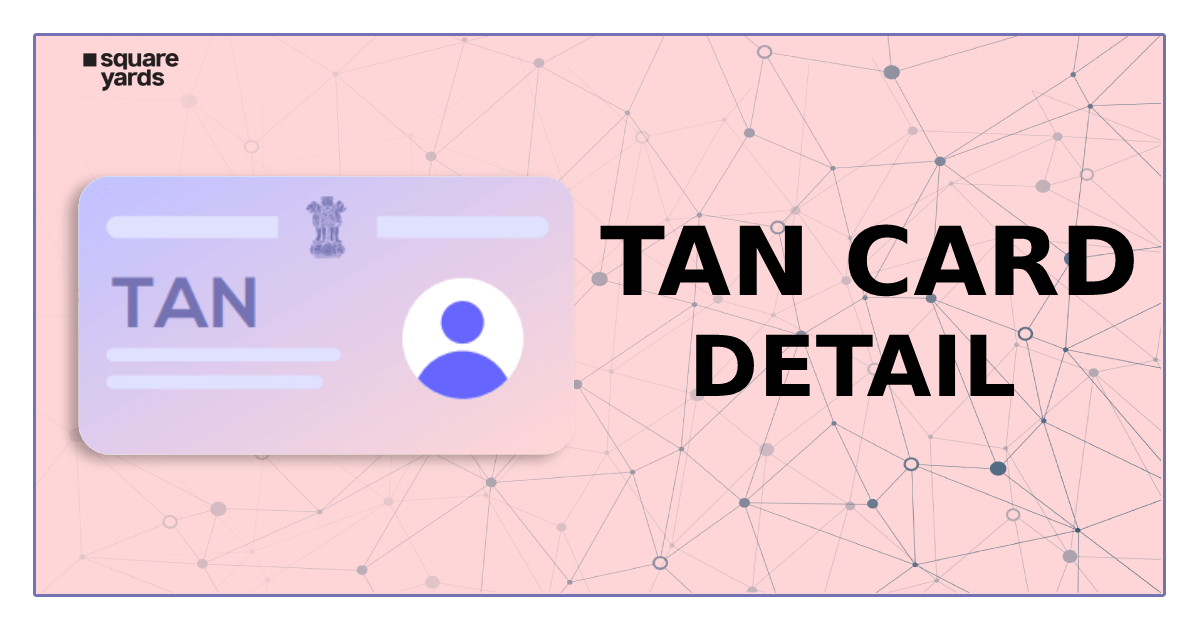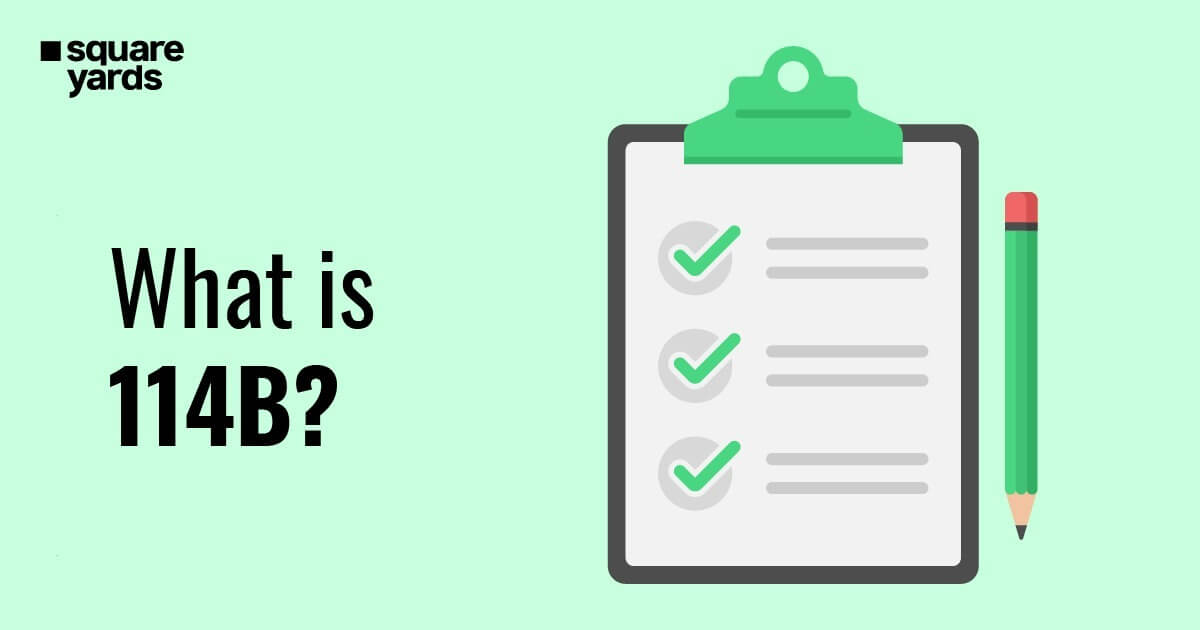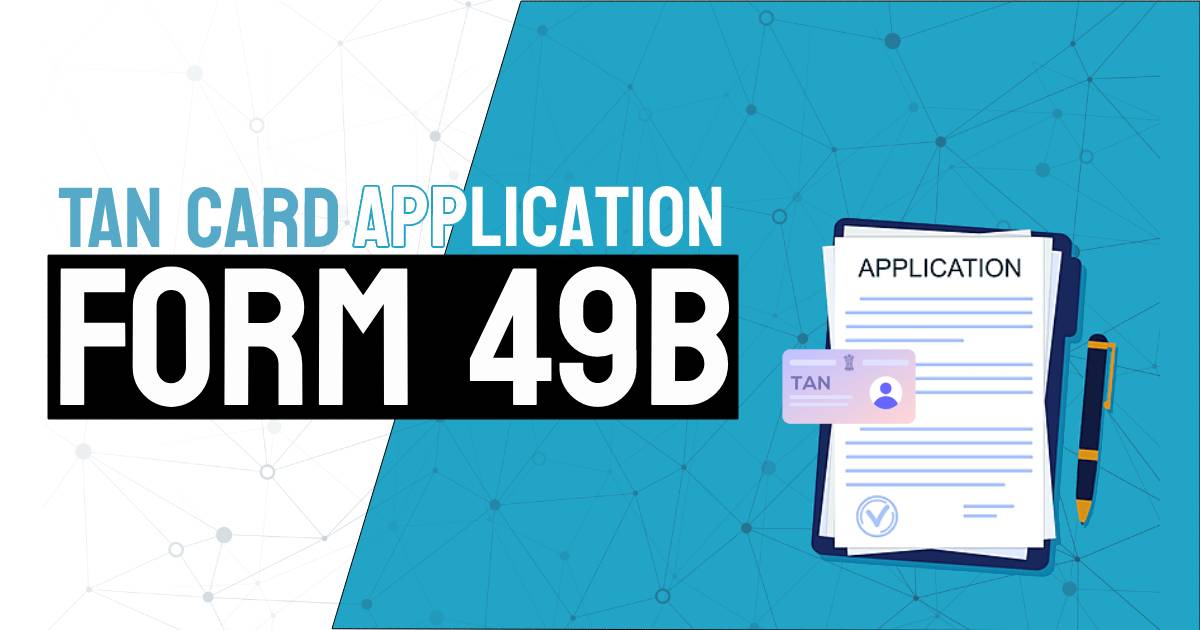Many people work hard their entire lives to purchase the home of their dreams. But owning a house of their own requires money that is out of their budget sometimes. That is when a home loan tax benefits comes in. You may not be aware of this, but you can save tax while trying to repay the home loan. According to Section 24, 80C & Section 80EE of the Indian Income Tax Act, 1961, the individuals who have availed of a home loan can get a chance to save their tax while repaying the mortgage. These home loan tax benefits are on both the repayment of the principal amount and the amount of interest that needs to be paid.
Table of contents
- Tax Benefits as per Different Sections
- Scan these Different Scenarios to Understand Tax Benefits on Home Loans
- Scenario 1: User Paying their Home Loan Amount as EMI
- Scenario 2: In case the user has let out its property
- Scenario 3: House Owned Jointly with Your Wife
- Scenario 4: When an Individual has Two Home Loans
- Scenario 5: When an Individual Borrows it From a Family Member or a Friend
- Scenario 6: When You are First Time Buyer and Have Taken a Loan From The Residential Property
- Conditions that are Reserved Under Tax Benefits
- Important Things to Keep in Mind for Tax Benefits on Home Loan
- How can a User Claim Tax Benefits?
- Documents that Need to be Submitted for Claim in Income Tax Deduction
- Frequently Asked Question (FAQs)
Tax Benefits as per Different Sections
Below is the list of tax benefits under different sections:
- Tax Benefits as per Section 24
According to Section 24, the tax benefit is availed of the interest that an individual pays against the home loan. The tax deduction is done on an incremental basis. According to Section 24, the maximum amount of tax deduction is up to INR 2 lakhs. This deduction can be claimed by the user on a yearly period even if there have been no payments made in the same year. Also, if your house does not get ready within the period of 3 years (end of these financial years) of taking the loan, then the user can claim an amount of INR 30,000 as a part of their deduction.
But in case, the loan has been taken to renovate or reconstruct the old property, then the user does not get such benefits on deduction of the interest. But if the amount of loan interest has been paid before the construction and purchase of the house, then the user can get a benefit of deduction in five equivalent installments for five successive years.
- Tax Benefit as per Section 80C
According to Section 80C, an individual can avail of tax benefits on the principal amount of the loan taken. A total of 1,50,000 is allowed for tax deduction under the Income Tax Act, 1961. Tax deduction under this section is done on a payment basis for every year, keeping aside the year in which the payment was made. Also, the amount that is paid as part of stamp duty & registration charges is allowed under this section. The deduction is even allowed when a user hasn’t taken a home loan. The repayment tax benefits can be availed on the principal amount once the construction of the house is finished.
- Tax Benefit as per Section 80EE
Under Section 80EE, the tax benefits are given on interest paid on the home loan on tax benefits for first-time purchasers. It is important to note that the loan should be sanctioned between 1st April to 31st March (i.e. during the same financial year that you are availing the benefits for) and the amount should not exceed INR 25 lakhs. Additionally, the value of the residential property should not exceed INR 50 lakhs. Deduction as per Section 80EE should not exceed INR 50,000.
- Tax Benefit as per Section 80EEA
As per Section 80 EEA, a user can avail of tax benefits for up to an amount of INR 1.5 lakhs. The deductions can be made on interest paid on a home loan. Initially, a user was allowed to claim benefits till 31st March 2021, but the Indian finance minister, Nirmala Sitharaman, proposed an appeal under the Union Budget, 2021, and since then, an announcement was made for the same. Therefore, the new deadline is 31st March 2022. One can claim tax benefits under this section on home loans that were sanctioned between April 1, 2019, and March 31, 2022. However, the tax benefits depend on whether the individual lives in the apartment or has rented the place out.
Scan these Different Scenarios to Understand Tax Benefits on Home Loans
To avail of tax benefits on home loan, scan all these scenarios to determine whether you are
eligible for the deductions under income tax laws.
Scenario 1: User Paying their Home Loan Amount as EMI
If you are trying to repay the amount of your home loan tax benefits through EMP plans, then the user can claim their benefits on both the principal as well as the interest of that loan for that particular year. Monthly heavy EMIs can turn out to be a burden on your working capital. This is the reason that the government is offering tax benefits to reduce the burden on an individual’s EMI plan.
Following is the list of Deductions that an individual can claim:
As per Section 24, the maximum amount of tax deduction is up to INR 2 lakhs. An individual can claim this deduction when the user gets possession of his house.
According to Section 80C, an individual can avail of tax benefits on the principal amount of the loan taken. A total of 1,50,000 is allowed for tax deduction under the Indian Income Tax Act 1961.
Section 80C allows stamp duty & registration charges that can be used every year when you make the payments.
The processing fee for the sanctioned loan, prepayment charges and service fee are eligible for deductions under Section 24 of the Indian Income Tax Act, 1961.
Conditions that the user needs to keep in mind while applying for deductions:
Below are some of the conditions that are required by a user to keep in mind while applying for deductions:
- The lender needs to submit a receipt or a statement that shows that the user has made their repayments for a year which also includes both interests as well as the principal amount.
- No tax benefits are availed to the user before they have finally acquired the property of the house.
- In case the house does not get ready within the period of 3 years starting from the financial year when the loan was applied for, the user can claim an amount of INR 30,000 according to section 24, as a part of income tax deduction.
- It is important to note that the loan that is taken for purchasing a new house should not be used for renewal, repair, or reconstruction.
Scenario 2: In case the user has let out its property
If a user decides to let out the property, the principal amount at that time stays the same. On the other hand, the amount that is paid as a part of interest can be claimed for deduction by the user. There has been a limit set on a rented property up to INR 2 lakhs. Therefore, to meet the entire income from the house property, the whole interest income gets deducted from the rental income of the user.
There is still no limit set on the tax benefit for the interest paid, even when the house has completed its construction after 3 years as a let-out property. A let-out property can usually claim for deductions from the loan that the user has taken for the renewal, repairs, and even reconstruction.
A user can also claim for HRA in case the user has a let-out property and in case the user is staying in the rented place. But a user cannot rent another flat in the same building in which you are already living just for the sake of avoiding the tax.
Scenario 3: House Owned Jointly with Your Wife
A lot of people are also seen taking joint loans for it helps in increasing their chances of increasing their amount eligibility. When both husband & wife are owners of a property, then they don’t face any succession problems. In case you both together have taken a loan, and in case the wife has been working then both can separately claim for deduction under ITR. Both the individuals could claim an amount of about INR 1,50,000 (maximum) as per Section 80C.
The individual or the owner occupying a property can also claim for the deduction individually on account of their interest in the amount that has been borrowed. The place or house could also be put-up for rent, and it would not be a barrier to availing of the benefits. The deduction can also be claimed in terms of ownership ratio. Here is a list of tax benefits:
- The interest that is paid on the loan amount is eligible as a part of the deduction for INR 2 lakhs according to Section 24, but this is applied when the property is self-occupied.
- The repayment for the principal amount is also eligible as a part of the deduction for about INR 1,50,000 according to Section 80C.
The tax benefit planning for joint owners is done systematically, in such a way that the owners are easily able to avail these benefits and therefore, no part of the repayment goes wasted.
Disadvantages of Taking a Joint Home Loan
Below is the list of some of the disadvantages one can face when taking a joint home loan:
- When two individuals decide on taking a home loan, then 1 person out of it is known as an owner and the other partner is treated as a let out (in case you are not paying any rent)
- The 2nd house, on the other hand, will be considered as a rent out place on which an owner is supposed to make payment for income tax on rent that they receive according to the current market rate.
- The owner is also required to make payment for wealth tax for one of their houses, as only one house can be exempted from tax.
Scenario 4: When an Individual has Two Home Loans
When an individual has multiple or many home loans on tax benefits at a time then the user can also avail of tax benefits. But this tax towards principal repayment has been limited to INR 1,50,000. According to Section 24, the interest that has been paid on your home loan is eligible as part of a deduction for up to INR 2,00,000. In case the house is a let-out property then the specified limit is INR 2,00,000. As per Section 23, the interest that is paid can also be deducted from your income of house property. In this case, one of your properties is considered as an owner property or as self-occupied and the other property is considered as the let-out one.
Scenario 5: When an Individual Borrows it From a Family Member or a Friend
In case you choose to take a loan from any of your family members or friend, the option of repayment for it is not covered as a part of the deduction in Section 80C. Although, a user can still claim benefits for the interest payment as per Section 24. All you are required to do is to submit a certificate that states you have paid interest for that particular financial year. But you need to note that this certificate needs to come up from your family member or the same friend.
Scenario 6: When You are First Time Buyer and Have Taken a Loan From The Residential Property
There was a new development in a new kind of section known as Section 80EE. The section was incorporated to promote ownership of a house as well as create jobs for construction workers. But this kind of tax benefit is available for 1st-time buyers. Also note, that the house value cannot cross an amount of INR 40 lakhs and a loan amount should not cross INR 25 lakhs.
It is also better for a 1st-time buyer to take a loan from a financial institution or any housing finance organisation.
The taxpayer can also claim a deduction for an amount of INR 1 lakh for the same assessment year during which the loan was availed. Whereas the deduction for the loan can be availed or claimed in between the two assessment years.
Also, if you did not claim for an amount of INR 1,00,000 for the financial year, then the user cannot claim for the same in the next assessment year.
For example, Vivek took a home loan for which he is paying an interest of INR 80,000 for the financial year. He claims the deduction for the same amount in the same financial year. Therefore, the balance of INR 10,000 could be claimed by the user in the next financial year.
In this case, the deduction is only allowed to the person who took the loan. If in case the property has been bought jointly, then the partner will not be qualified to get any kind of relief as per Section 80EE. An individual can buy this house for self-occupancy and not with an intention of putting it up for rent. The interest that is paid includes all the charges such as the service charge, processing charge and other charges that are recurring in nature.
Conditions that are Reserved Under Tax Benefits
A user can reserve its tax benefits if the user sells the house within five years from the time of the financial year from when the user got its possession. This is added to the capital gains & then the user is further taxed accordingly.
Important Note: The tax benefits are not included as a part of reverse for the interest payment that is made under section 24 of the Income Tax Act.
Important Things to Keep in Mind for Tax Benefits on Home Loan
Following are some of the points that are important for a user to keep in mind about tax benefits on a home loan:
- A home loan issuer can deduct, and the deductions can also be claimed by the owner of the property.
- In case the property is a joint property, then the benefits are availed to both partners.
- In case the co-owner of the property is also a co-issuer, then, in that case, the user can apply for the tax benefits.
- The co-issuer who is also considered the co-owner of the property cannot apply for tax benefits.
- The partner of the joint property gets tax benefits on their share of the home loan. Thus, it is considered important for an owner to establish their part of the share.
- To avail and claim the tax benefits, it is important for a user to provide a certificate that showcases a split of the principal amount as well as the interest paid as part of its EMI. The same certificate is issued through the Housing Loan Institution.
How can a User Claim Tax Benefits?
A user needs to apply for tax benefits at the same time when he/she is applying for a return in case you haven’t informed the employer of the same.
When you issue an ITR form, the user will see a section that specifies deduction. In this column, the user needs to include the following things:
- According to section 24, the deductions are available for those buyers who are buying a house for the very first time.
- Interest earned on the SB account under section 80TTA.
- According to Section 80G the donations that are included need to be charitable.
- According to Section 80C, the taxpayers need to show all the contributions that he/she has made to their PPF, EPF or LIC premium account along with the repayment that needs to be paid against the user’s home loan.
- It is important to note that the loan that is taken is for purchasing a new house and is not taken for renewal, repair, or reconstruction.
Documents that Need to be Submitted for Claim in Income Tax Deduction
Following is the list of documents a user needs to submit to claim tax deductions:
- All the details related to ownership of his property.
- Certificate of loan document that showcases a split between the interest and the principal amount that is required by a user to pay as a part of its EMIs.
- Documents that show the completion of the project with its construction and the date when the house was purchased.
- It is important that the taxpayer has taken a loan in his name and provides the documents mentioning the same.
- Proof related to the municipal taxes that the taxpayer has paid throughout the year.
You May Also Read:
Frequently Asked Question (FAQs)
Is it worth taking home loans for tax benefits?
In case a taxpayer is earning INR 9 lakhs or more than that in a year, then the taxpayer can think of taking a home loan for tax benefits to save tax.
How much will the tax be reduced if I take out a home loan?
The interest that is paid on the loan amount is eligible as a part of the deduction for INR 2 lakhs according to Section 24, but this is applied when the property is self-occupied.
What is a tax deduction as per Section 80 C?
According to Section 80C, an individual can avail of tax benefits on the principal amount of the loan taken. A total of 1,50,000 is allowed for tax deduction under Income Tax Act. Tax deduction under this section is done on a payment basis every year, keeping aside the year in which the payment was made.
What is a tax deduction as per Section 24?
According to Section 24, the tax benefit is availed on the interest that an individual pays against their home loan. The tax deduction is done on an incremental basis. According to Section 24, the maximum amount of tax deduction is up to INR 2 lakhs.
What happens when an individual has two home loans?
When an individual has multiple or many home loans at the same time then the user can still avail of tax benefits. But this tax towards principal repayment has been limited to INR 1,50,000. According to Section 24, the interest that has been paid on your home loan is eligible as part of a deduction for up to INR 2,00,000.


